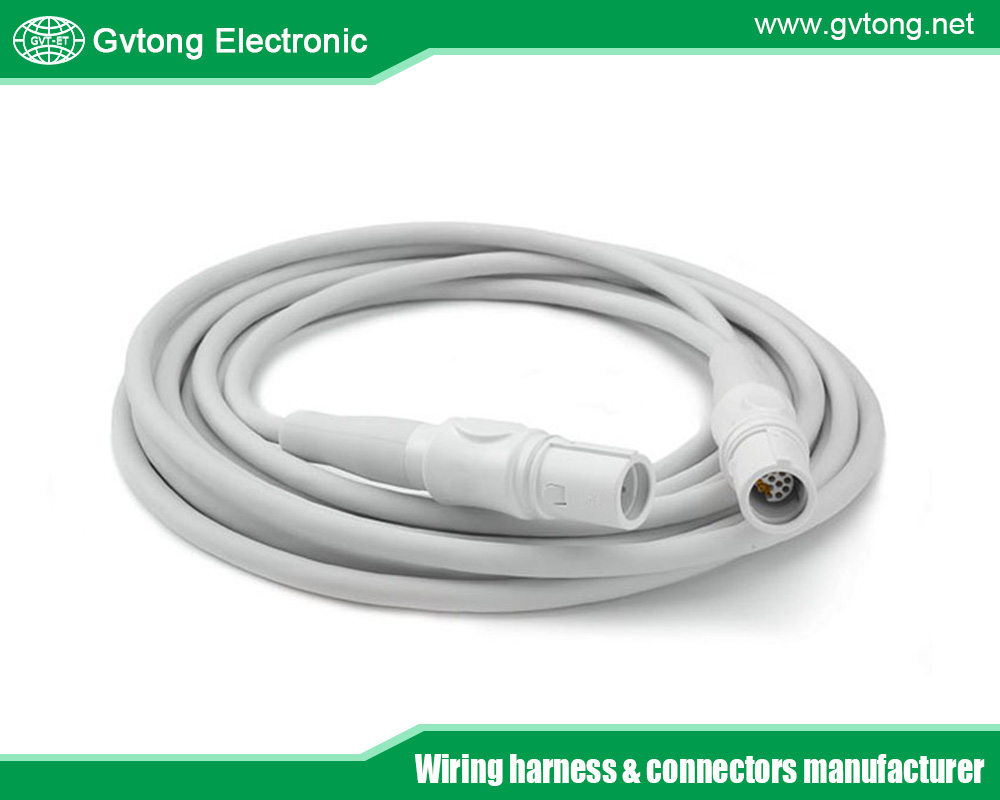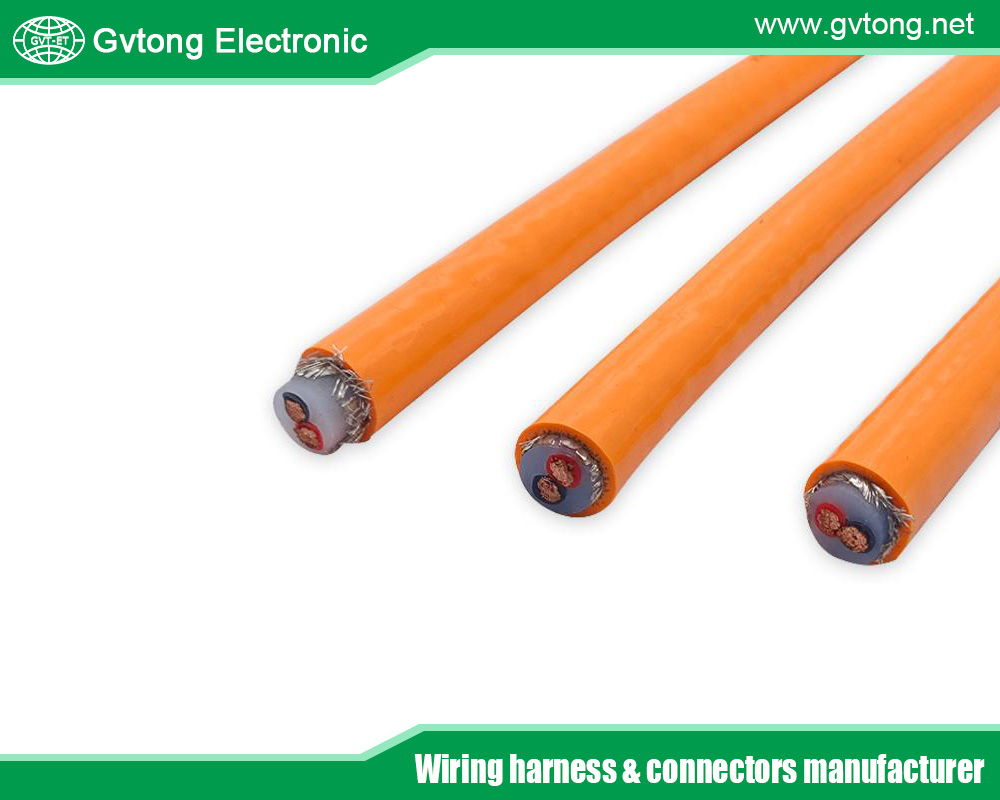Blogs & News
We are focus on automotive wiring harness & connectors technology.
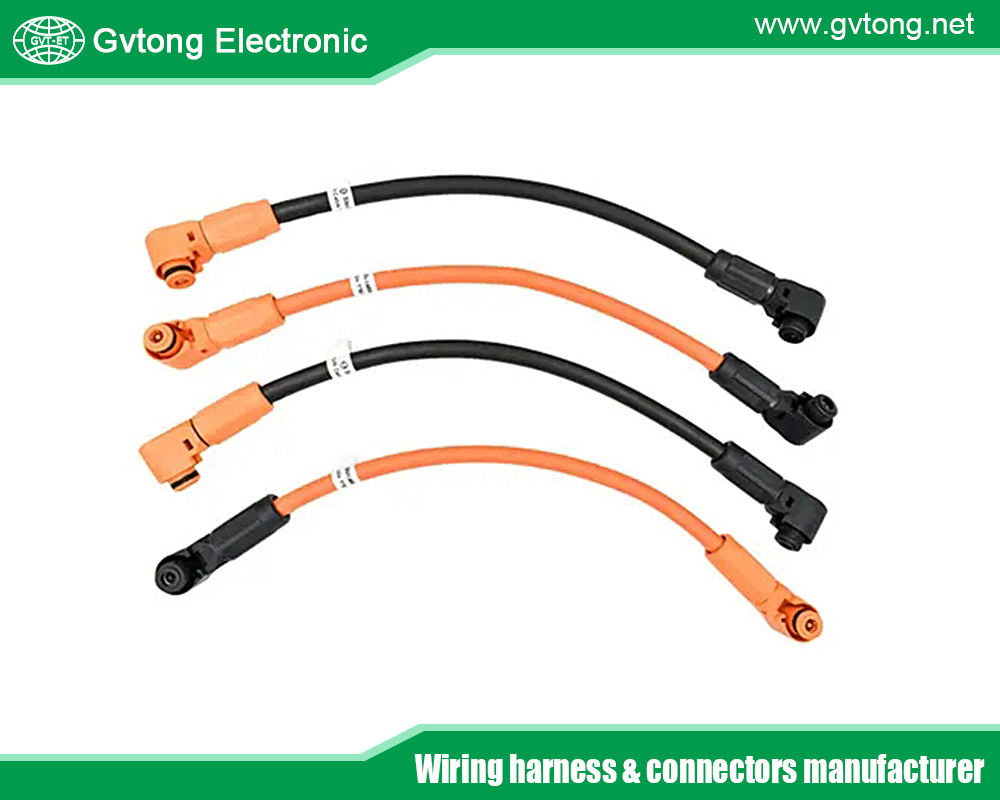
Safety Issues Caused by Incompatible Electrical Connectors
- Gvtong Electronic
- 2p 32p Automotive Connector Terminal Crimping, 4-wire electrical connectors, Anti-vibration automotive connectors, Automotive electrical connectors, automotive electrical connectors factory, automotive electrical connectors kit, Automotive Electrical Connectors Manufacturer In Thailand, Automotive electrical connectors types, automotive electrical connectors waterproof, Automotive shielded connectors, automotive waterproof connectors, automotive waterproof electrical connectors, automotive wiring hamess, Blind-mate automotive connectors, Electrical Connectors Manufacturer Companies in India, heavy duty waterproof electrical connectors, High-speed data connectors, High-temperature resistant connectors, incompatible electrical connectors, incompatible electrical connectors manufacturer, incompatible electrical connectors supplier, Lightweight automotive connectors, Low-contact resistance connectors, Modular automotive connectors, Oil-resistant automotive connectors, repair automotive electrical connectors, top - tier electrical connectors, waterproof electrical connectors 120v, waterproof electrical connectors 12v
- No Comments
Safety Issues Caused by Incompatible Electrical Connectors
In modern electrical and electronic systems, electrical connectors serve as critical components for establishing circuit connections and transmitting signals and electrical energy. Their performance and compatibility directly impact the stable operation and safety of the entire system. Using incompatible electrical connectors, although seemingly just a difference in interface or specifications, can actually trigger a series of serious safety issues, posing significant threats to equipment, personnel, and the overall system. This article will delve into the potential safety hazards caused by incompatible electrical connectors from multiple dimensions, including electrical, mechanical, and environmental aspects.
Safety Issues Caused by Electrical Performance Mismatch
1. Poor Contact and Overheating Risks
Incompatible electrical connectors have pins that do not precisely fit the dimensions and shapes of the mating sockets, resulting in reduced contact area and increased contact resistance. According to Joule’s law ( Q = I^2Rt ) (where ( Q ) is heat, ( I ) is current, ( R ) is resistance, and ( t ) is time), excessive contact resistance generates substantial heat when current passes through. Prolonged use causes the local temperature of the connector to rise continuously, accelerating the aging of insulating materials and potentially leading to fires. For example, in the high-voltage circuits of new energy vehicles, the high temperature caused by poor contact from incompatible connectors can melt the plastic housing and even ignite surrounding flammable materials, leading to severe vehicle fires.
2. Insufficient Electrical Clearance and Creepage Distance
Electrical connectors for different standards and applications have strict requirements for electrical clearance (the shortest air distance between two conductive components) and creepage distance (the shortest surface distance along insulating materials between two conductive components). Using incompatible connectors may fail to meet the voltage rating requirements of the system. In high-voltage environments, insufficient electrical clearance can easily cause air breakdown and arc discharge, while inadequate creepage distance can form conductive paths on the surface of insulating materials due to the combined effects of electric fields and contaminants, leading to creepage. Both arc discharge and creepage can disrupt normal circuit operation, damage equipment, and even endanger the safety of operators. In power distribution systems, such issues may cause circuit breakers to trip mistakenly or lead to line short circuits.
3. Impedance Mismatch and Signal Distortion
In communication and electronic devices, the characteristic impedance of electrical connectors must match that of transmission lines and equipment to ensure effective signal transmission. Incompatible connectors disrupt the impedance matching of the system, causing signal reflection, attenuation, and distortion. For instance, using incompatible RJ45 connectors in high-speed data transmission Ethernet systems can significantly increase data transmission error rates, reduce network transmission speeds, and even cause communication interruptions in severe cases. For devices with extremely high signal quality requirements, such as medical imaging equipment or aerospace communication systems, signal distortion can lead to misinterpretation of data and severe consequences.
Hazards Caused by Mechanical Structure Incompatibility
1. Inadequate Connection Strength and Loosening/Detachment
Incompatible electrical connectors cannot perfectly adapt to the mechanical structure design of corresponding equipment, and their parameters such as insertion/extraction force and locking methods may not match the equipment’s requirements. For example, connectors designed for light-load devices, if forcibly used in industrial automation equipment subject to high vibration and impact, are prone to loosening or even detachment during operation due to insufficient connection strength. This not only causes circuit interruptions and affects equipment operation but also may trigger serious safety accidents in special scenarios such as aerial work equipment or rail transit vehicles, leading to equipment failure and even threatening human life.
2. Stress Concentration and Mechanical Damage
Due to dimensional and shape differences between incompatible connectors and equipment interfaces, stress concentration is likely to occur in the connector and connection points during installation and use. Prolonged stress can cause fatigue cracks in the metal components of the connector and deformation or cracking in plastic parts. For example, in the aerospace field, where the mechanical performance requirements for connectors are extremely stringent, mechanical damage caused by stress concentration from incompatible connectors can lead to circuit failures during flight, resulting in catastrophic consequences for the entire mission.
Risks from Environmental Adaptability Differences
1. Environmental Damage Caused by Unqualified Protection Rating
Different application scenarios have clear requirements for the protection rating (IP rating) of electrical connectors. For example, outdoor equipment and underwater devices require high levels of water and dust resistance. If incompatible connectors have protection ratings that cannot meet the environmental requirements of the equipment, harmful substances such as moisture, dust, and corrosive gases from the outside can easily penetrate the inside of the connector, causing corrosion of metal contacts and degradation of insulation performance. In marine engineering equipment, using connectors with insufficient protection ratings can lead to rapid corrosion by seawater and salt spray, shortening their service life, causing circuit failures, and affecting equipment operation and safety.
2. Failure Caused by Mismatched Temperature Resistance
The operating temperature range of electrical connectors must be compatible with the ambient temperature of the equipment. Using incompatible connectors with inadequate temperature resistance can cause their insulating materials to soften or melt in high-temperature environments, losing their insulating properties. In low-temperature environments, the materials may become brittle and crack, leading to degradation of mechanical performance and electrical connection failure. For example, in the battery management system of electric vehicles, heat generated during battery operation can accelerate the aging of connectors with insufficient temperature resistance, causing short circuits and other faults that affect battery safety and vehicle performance.
Other Potential Safety Issues
1. Electromagnetic Compatibility (EMC) Problems
Incompatible electrical connectors may fail to meet the electromagnetic compatibility requirements of equipment, easily generating electromagnetic interference (EMI) during signal transmission, which disrupts the normal operation of other electronic devices. At the same time, their ability to resist external electromagnetic interference is also weakened, leading to unstable equipment operation. In complex electromagnetic environments such as data centers or military electronic systems, EMC issues with connectors can cause entire systems to paralyze, resulting in significant losses.
2. Lack of Certification and Quality Risks
Regular electrical connectors typically undergo a series of strict safety certifications, such as UL (Underwriters Laboratories) and CE (Conformité Européene) certifications, to ensure their quality and safety. Incompatible connectors often have unknown origins and lack relevant certifications, with their manufacturing processes and quality control difficult to guarantee. Such connectors may have issues like inferior materials and low processing precision, unable to withstand normal electrical and mechanical loads, thereby increasing safety risks during equipment operation.
Incompatible electrical connectors pose serious safety threats to equipment and systems from multiple aspects, including electrical performance, mechanical structure, and environmental adaptability. These issues can not only cause equipment damage and performance degradation but also trigger major safety accidents such as fires and electric shocks, threatening human life and property. Therefore, during the design, installation, and maintenance of electrical and electronic systems, it is crucial to strictly select connectors compatible with the equipment to ensure the safe and stable operation of the system.
For more about the best safety issues caused by incompatible electrical connectors, you can pay a visit to Gvtong at https://www.gvtong.net/ for more info.
Recent Posts
The Best GR Series-Circular Connectors Manufacturer
The Best GD Series Combined Power Connector Manufacturer
A Guide to Selecting the Best GH Series Plastic Connector Manufacturer
How High Pressure Connectors Work?
The Best Automotive Connector Companies
Tags
Recommended Products
-
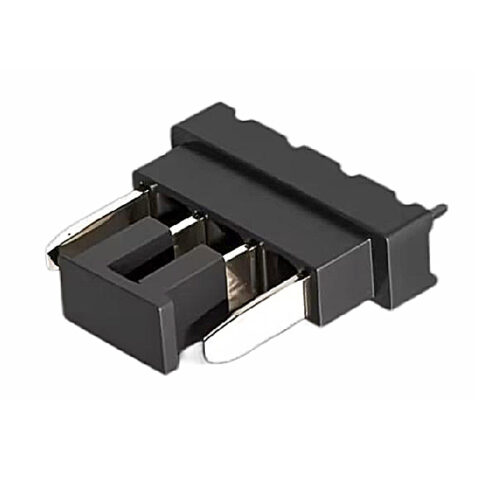
GE Series-WTB 4pin Connector Plug
-
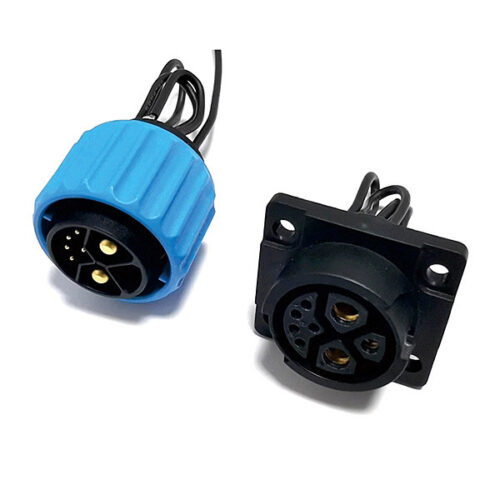
Combined power connector (2+1+5)
-
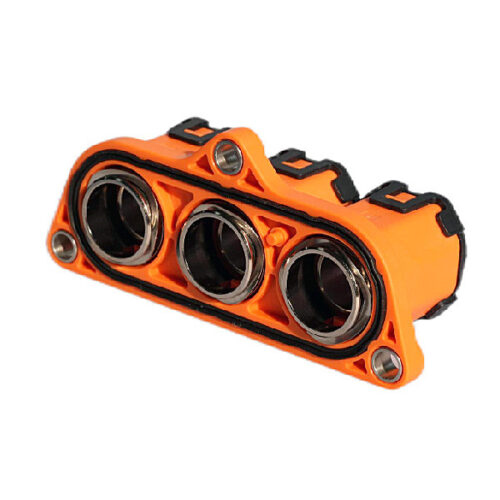
GVPT 3-core wiring connector
-
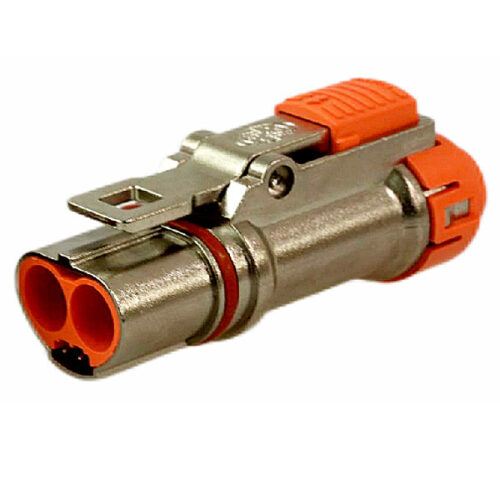
GM Series-3.6mm-2-core Metal Connector
-
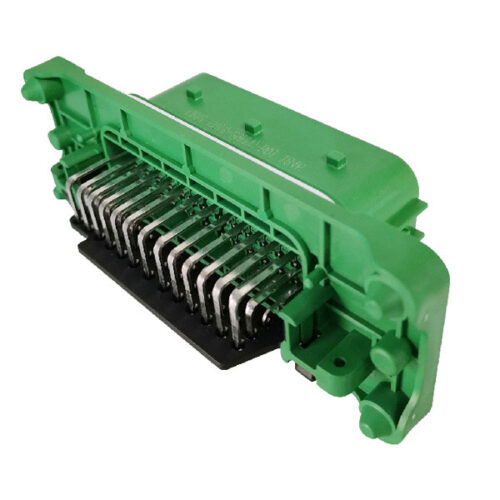
GE Series-39-core rectangular connector-socket
-

Signal connector-4 core-16#
-
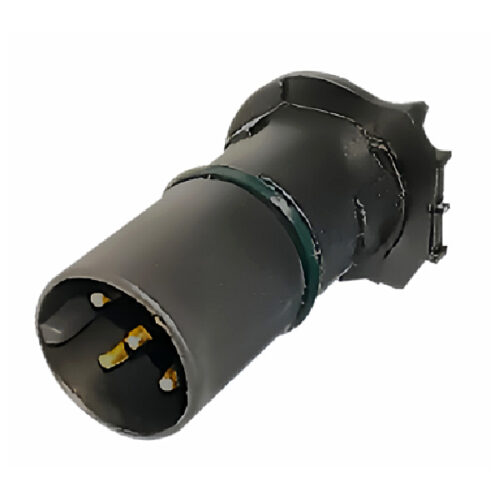
GT Series-Automotive Wiring Pins Connector -5-Pin Socket, 5-Pin Electrical Connectors For Motor Controller
-
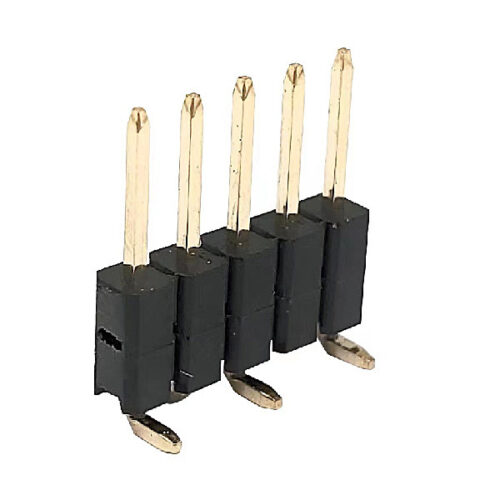
Industrial control pin header

